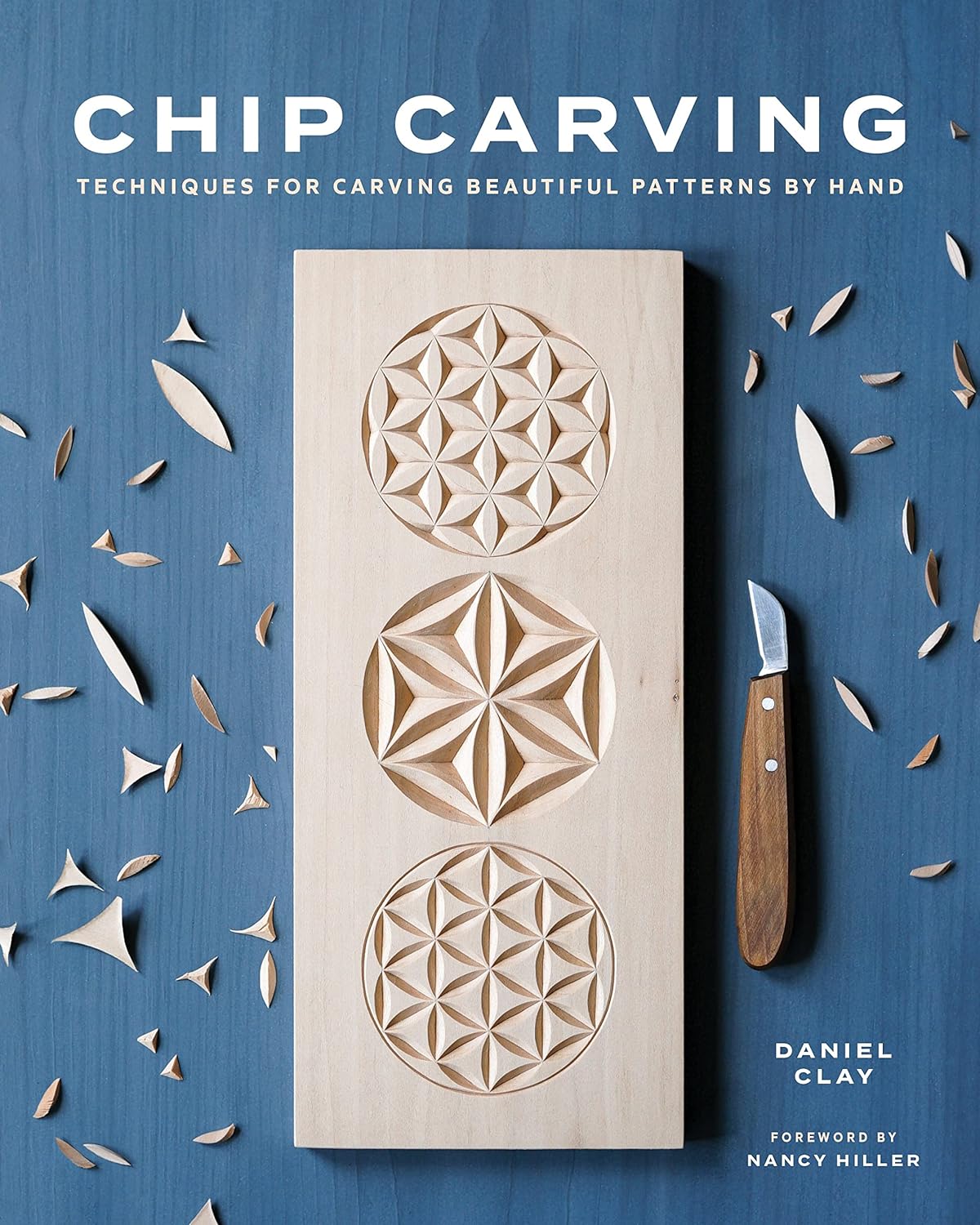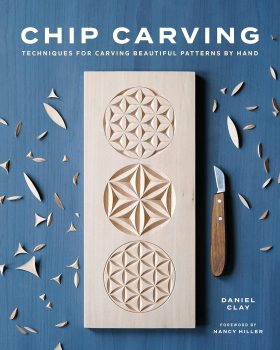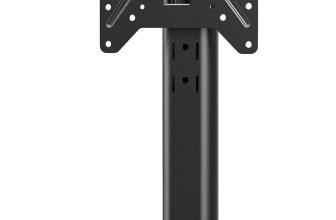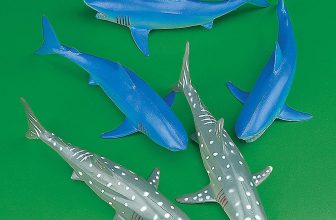
Chip carving is an ancient form of woodcarving that allows you to create stunning decorative patterns by hand. In this article, we will explore the comprehensive guide provided by Daniel Clay in his book, which is perfect for both beginners and seasoned craftsmen alike. Join me as we delve into the techniques and projects that can help you master this exquisite art form.
Product Features
| Feature | Details |
|---|---|
| Product Name | Chip Carving: Techniques for Carving Beautiful Patterns by Hand |
| Customer Rating | 4.8 out of 5 |
| Customer Review Count | 36 |
| Brand | Daniel Clay |
| Description | An easy to follow guide to mastering chip carving, perfect for beginners and experienced woodworkers. |
Product Overview
| Pros |
|---|
| Accessible for beginners with step-by-step instructions |
| Covers essential tools and techniques for successful carving |
| Clear illustrations that enhance understanding |
| Includes beginner projects to apply skills |
| Cons |
|---|
| Limited information on advanced techniques |
| May require additional resources for seasoned carvers |
Understanding Chip Carving Essentials
Understanding chip carving essentials is key to honing this intricate craft. The roots of chip carving trace back to ancient cultures, where artisans created stunning decorative pieces out of necessity. Today, this art form thrives as a hobby and professional craft, appreciated for its beauty and intricacy. To embark on your journey, it’s crucial to assemble a set of essential tools. At a minimum, you’ll need a chip carving knife, a detail knife, and a push stick. Each tool plays a vital role in achieving those precise cuts that define chip carving.
Equally important is learning how to sharpen these tools effectively. A sharp blade makes clean cuts and ensures safety during the carving process. Regular maintenance is essential and using a whetstone or honing guide can help you achieve the optimal edge. When selecting wood, go for softwoods like basswood or butternut, as they are forgiving and easier to carve.
Safety must remain a priority while capturing the beauty of chip carving. Always carve away from your body and use a stable work surface. Preparing your workspace is equally significant: a well-lit area with ample room to maneuver will enhance your carving experience and keep distractions at bay. By understanding these essentials, you’ll lay a strong foundation for success in chip carving.
Developing Your Chip Carving Skills
Developing good chip carving skills requires a blend of practice, precision, and a keen understanding of the materials at hand. When it comes to transferring patterns onto wood, I find that using carbon paper is a game-changer—it allows me to align designs accurately without messing up the surface of the wood. Simply place the carbon paper and pattern over your chosen wood and trace around the design. It’s essential to take your time here; precision in the initial step lays the foundation for an impressive finished piece.
As I carve, I pay careful attention to technique. Holding the knife at the correct angle is crucial for clean cuts. I like to practice consistent pressure, making sure not to rush through deeper or intricate cuts. Wearing cut-resistant gloves has not only added a safety layer but also has improved my grip while working on more detailed areas. Understanding the wood grain is another principle I consider; carving with the grain allows smoother cuts and a more polished final product.
To help you improve your skills, start with these two practice boards: the first should have various geometric shapes to practice your cuts, while the second can include curves for finesse. From there, try your hand at ten beginner projects, like a simple box, coasters, or decorative spoons. Each piece will build your confidence and creativity, making chip carving not just a skill but a delightful craft.
Conclusions
In conclusion, Daniel Clay’s guide on chip carving serves as an invaluable resource for anyone interested in exploring this beautiful art form. The book not only provides foundational knowledge and techniques but also encourages creativity through personalized designs. With dedication and practice, you can create stunning wood carvings that reflect both your skill and artistic vision.










